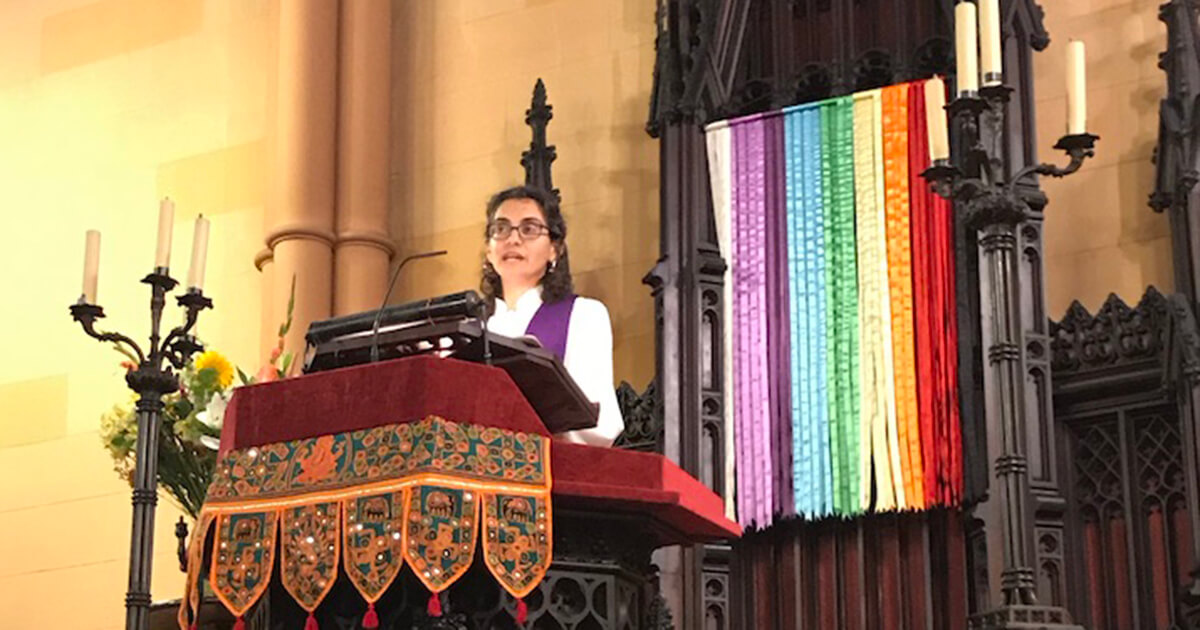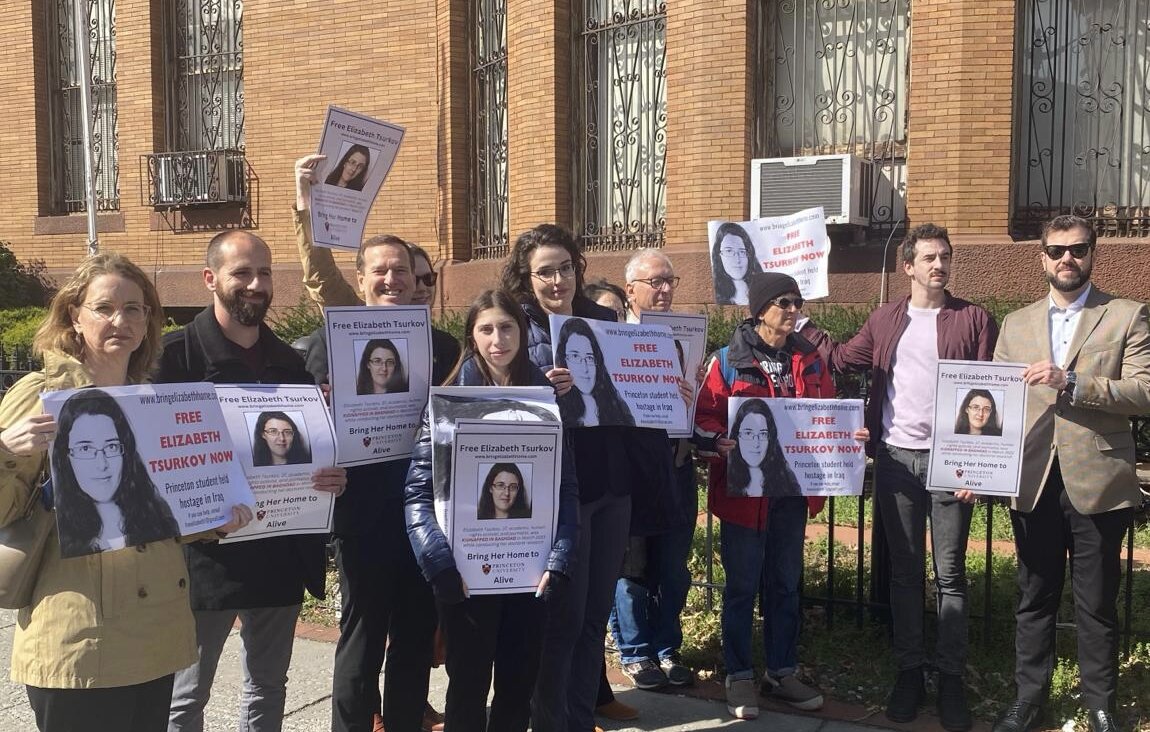Midnight in Tennessee — Footnotes
Late one summer’s night in Tennessee: Newspapers of the day carried many different versions of the lynching of Samuel Bierfield. I chose to rely upon the official report published by George Judd and Joseph Gelray in the “House Journal of the Extra Session of the Thirty-Fifth General Assembly of the State of Tennessee,” Tennessee State Library and Archives.
On August 16, 1868, an inquest jury: Inquest into the death of Samuel Bierfield, August 16, 1868, Williamson County Archives. Several newspapers blamed the murders on: Nashville Press and Times, August 19, 1868; New York Times August 17, 1868; Jewish Messenger, August 21, 1868; Republican Banner, August 20, 1868.
The Bureau was almost universally reviled by: “Reconstruction: America’s Unfinished Revolution, 1863-1877,” pp. 153-175. Eric Foner.
Klan violence did not begin until the end of 1867: Interview with Elaine Parsons, Associate Professor of History, McAnulty College and Graduate School of Liberal Arts.
In June 1868, a Freedmen’s bureau agent in Columbia: “Miscellaneous Documents of the House of Representatives for the second session of the Forty-First Congress. 1869-70,” p.292.
As Judd and Gelray began their investigation: Nashville Union and Dispatch, “The Franklin Tragedy,” August 19, 1868.
Judd and Gelray concluded that the letter: The “House Journal of the Extra Session of the Thirty-Fifth General Assembly of the State of Tennessee,” Tennessee State Library and Archives.
In Judd’s official report of his investigation: I was unable to locate the original article. Publication in the Nashville Republican is cited in the Republican Banner, “Partisan Mendacity of the Bureau,” August 22, 1868.
Gelray addressed the courtroom: Recounted in Judd and Gelray’s official report published in the “House Journal of the Extra Session of the Thirty-Fifth General Assembly of the State of Tennessee,” Tennessee State Library and Archives.
Toronto, May 1865. Dear Parents: Letters from Benjamin Bierfield and Samuel Bierfield held in private collection . Between 1860 and 1880: Jewish population statistics for Tennessee via Lee Shai Weissbach, professor of history at the University of Louisville. Weissbach notes that the Jewish newspaper, The Occident, estimated the Jewish population of Tennessee in 1859 at 2,000. An 1880 publication “Statistics of the Jews” estimated the Jewish population of Tennessee at 3,751. Weissbach cautions, however, that both statistics are imprecise and that neither figures breaks out the figures to look at fluctuations in birth rates, internal immigration and foreign immigration.
Peddlers were soft targets for robbers: Details on violence against peddlers and merchants came from “Anti-Jewish Violence in the New South,” Patrick Q. Mason, Southern Jewish Historical Society, 2005, Volume 8; “Samuel Fleischman: Tragedy in Reconstruction-Era Florida,” Daniel R. Weinfeld, Southern Jewish Historical Society, 2005, Volume 8; Also interview with Anton Hieke, author of “Jewish Identity in the Reconstruction South.”
In a short letter written to his parents: Ibid.
By 1865, Samuel is listed in Toronto’s city directory: Mitchell’s Toronto City Directory, 1864-65, published Toronto, Ontario, 1865. Accessed via Ancestry.com. What drew Samuel Bierfield to Tennessee?: Descriptions of the Nashville Jewish community are taken from the papers of Fedora Small Frank, held at the Tennessee State Library and Archives. They include “A Day in Nashville,” the Jewish Messenger, Vol 27, No. 17, May 6, 1870.
But Nashville did not appeal to Bierfield: Details on Franklin’s economy and how it fared during the Civil War and the war’s aftermath come mainly from interviews with Rick Warwick, historian at the Heritage Foundation of Franklin & Williamson County and from the Battle of Franklin Trust’s website at www.battleoffranklintrust.org.
On Saturday July 6: Details of the Franklin Riot can be found in “Williamson County in Black & White,” by Rick Warwick, Williamson County Historical Society, 2000, No. 31.
The Franklin Riot occurred just a few weeks after: Samuel Bierfield’s 1867 application for citizenship is held at the Williamson County Archives.
Judging by the inventory of goods taken after Bierfield’s death: The inventory is held at the Williamson County Archives.
Mary later recalled that Nathaniel: Details on the relationship between the Ezells and the Sweeneys, as well as details on Nathaniel Ezell’s death and burial are contained in the “Deposition of Mary Howard” née Ezell, May 26, 1875, held in the Williamson County Archives.
Mary was about 18 at the time: Mary’s age is based upon figures in the 1870 Federal Census.
Guthrie was arrested and indicted on July 17: The indictment against Guthrie is held at the Williamson County Archives. For hysterical coverage of the Ezell rape and the capture and lynching of Guthrie see The Nashville Union and Dispatch, July 17, 1868 and July 19, 1868, and the Nashville Tri-Weekly Union and Dispatch, July 21, 1868.
Mob justice was not uncommon in Williamson County: Information on lynchings in Williamson County is detailed in “Williamson County in Black & White.”
Perhaps fearing for Guthrie’s safety: The order to transfer Guthrie is held at the Williamson County Archives.
Samuel Bierfield may not have known the Ezells: The marriage bond between Henry Sweeney and Elizabeth Cotton is held at the Williamson County Archives.
Family lore passed down through the Sweeney side of the family: Interview with Albert Sweeney.
Franklin’s only other Jewish resident: Louis Kaufman’s letter to the Republican Banner is contained in the collected papers of Fedora Small Frank, held at the Tennessee State Library and Archives.
An account written 60 years later by a local Klan sympathizer: John F. Campbell’s account of the Bierfield killing is published in Williamson County in Black & White.
House was among six charter members sworn into the Ku Klux Klan: Interview with Rick Warwick.
John Pogue Jr. was arrested for Bierfield’s murder: For details of Pogue’s release see “Pogue,” the Republican Banner, September 29, 1868.

















